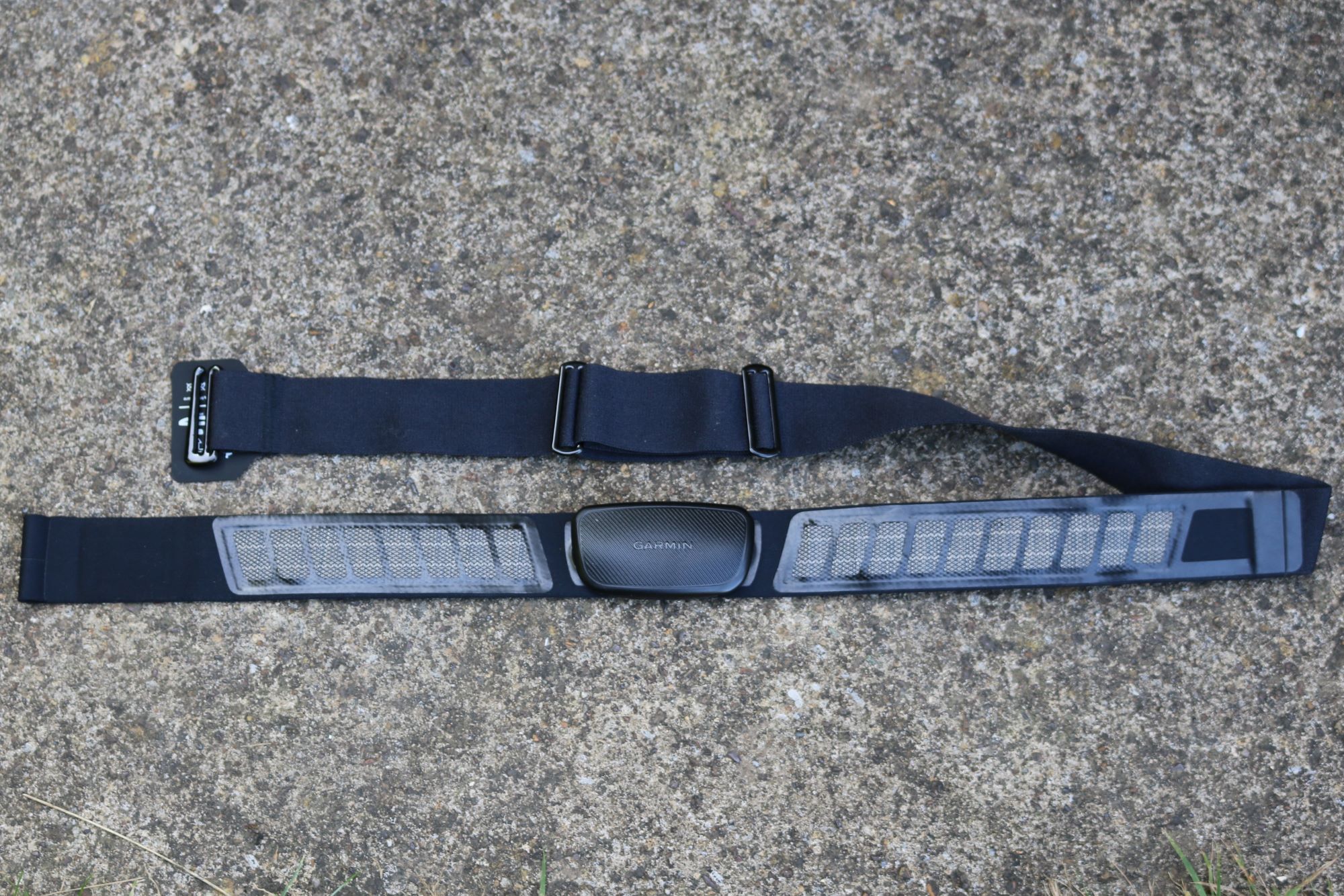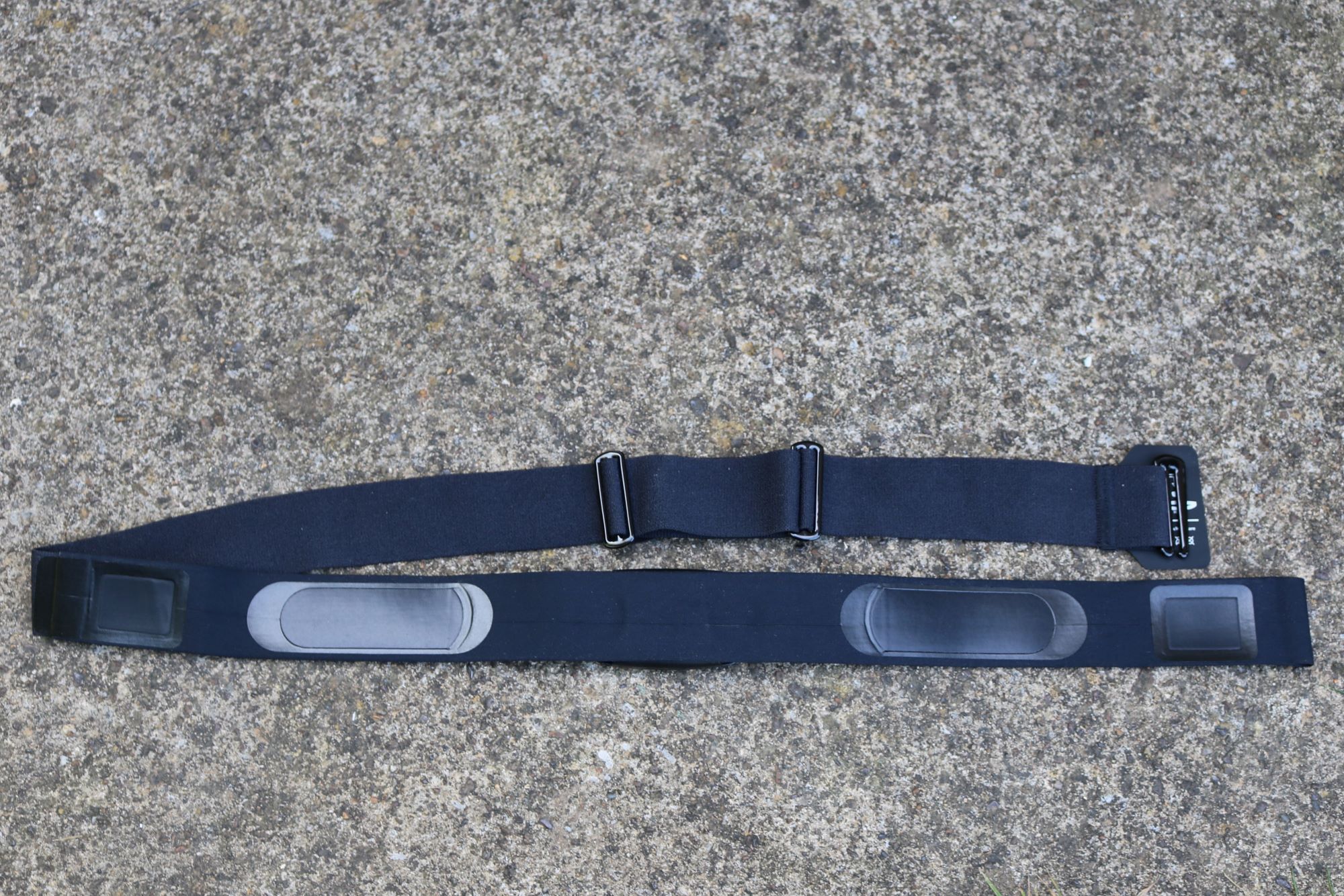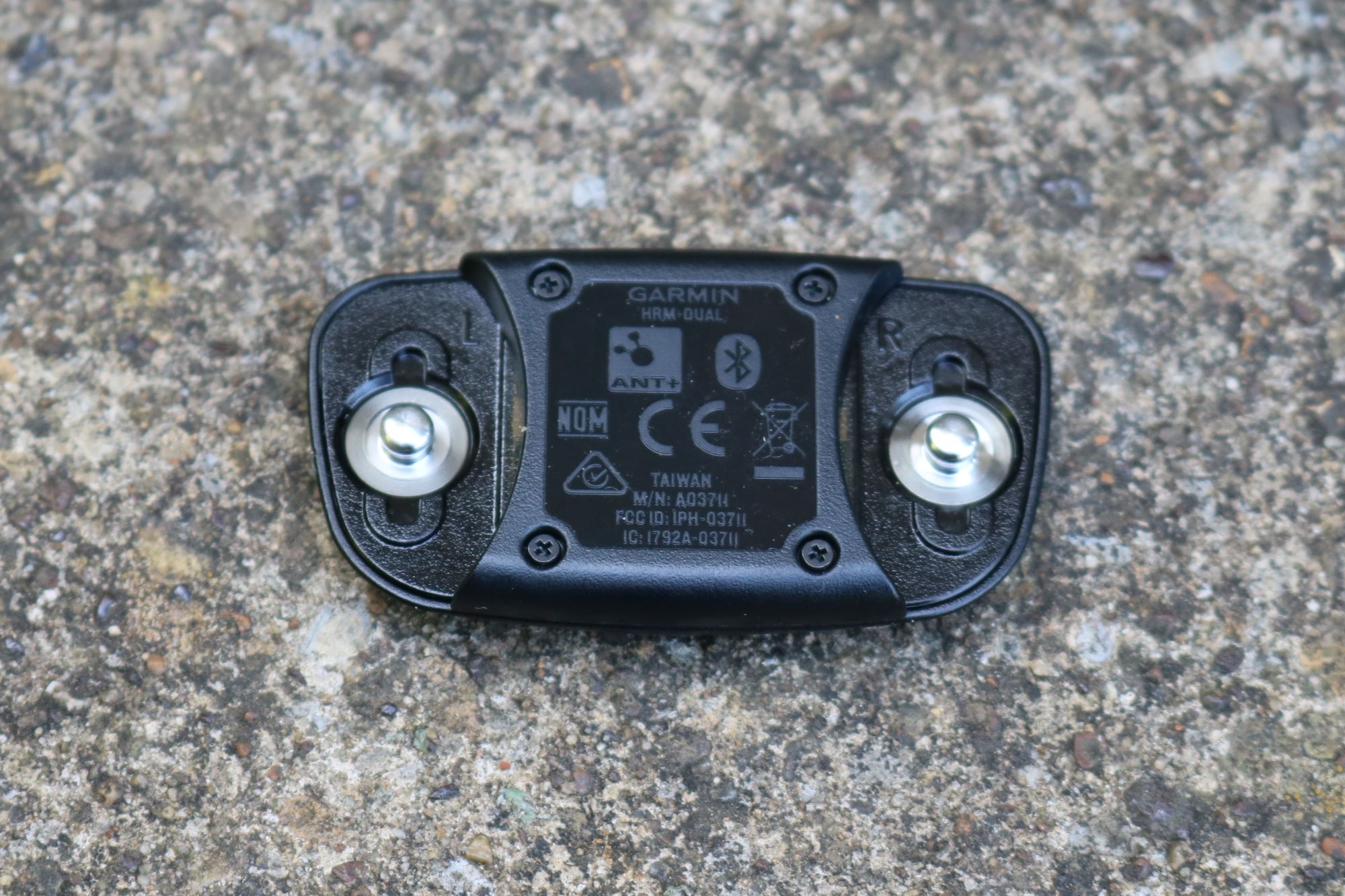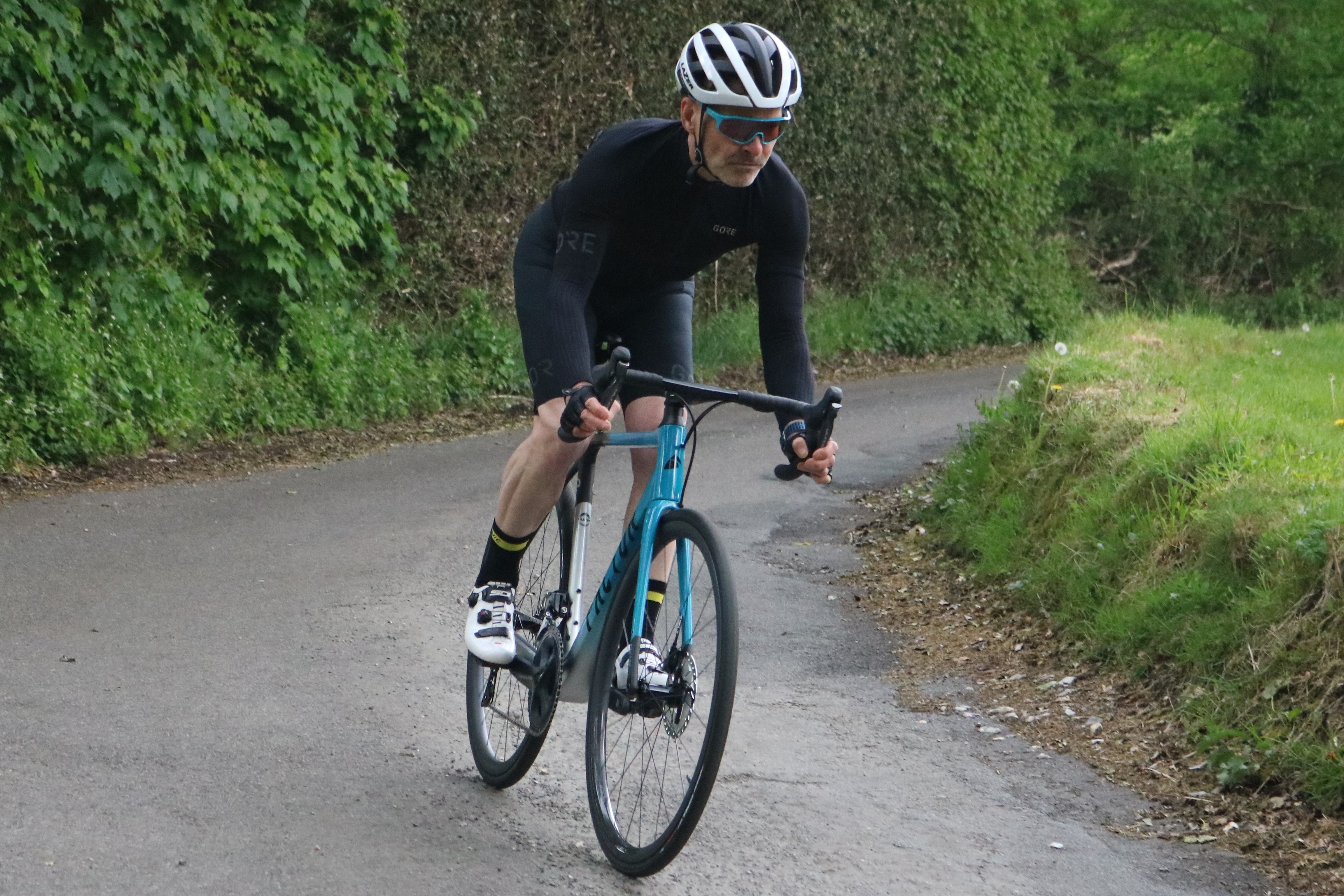Garmin HRM-Dual heart rate monitor review
If you’re serious about training, you’ll want to use a heart rate strap. We check out Garmin’s standard device

Garmin’s heart rate monitor is comfortable to wear and does all it should, but it’s not the cheapest option available
-
+
ANT+ and Bluetooth so works with all head units
-
+
Long battery life
-
-
Need to unscrew back to replace battery
-
-
Not the cheapest option
You can trust Cycling Weekly.

Getting insights into your heart rate, how it responds to exercise and how it varies over time is key to effective training. Despite the emphasis on power measurement, you need to couple this with heart rate data to understand how your fitness changes, how much effort you’re putting in to push out a specific number of watts and plan your training and recovery effectively. The Garmin HRM-Dual is one of the best heart rate monitors that you could use to get this data.
And the best way to get an accurate heart rate measurement as you train is to use a chest strap. Optical wrist based measurement may be more comfortable and less intrusive, but it can be a lot less accurate, particularly when you’re exercising, when the combination of motion and sweat is a problem.
The Garmin Edge range is the default choice for a GPS for many cyclists. If you haven’t bought your computer bundled with a heart rate strap and want to add one, the Garmin HRM-Dual is a logical choice.
It’s worth bearing in mind however that the protocols used to communicate between a heart rate strap and a computer are generic. The Garmin HRM-Dual transmits via both the ANT+ protocol and Bluetooth LE, so you can use it with one of the best bike computers from other makes, too. I paired it over both ANT+ and Bluetooth with a Lezyne Super Pro GPS and via Bluetooth with Suunto and Polar smartwatches.
That works both ways and you could as easily pair a heart rate strap from another brand with a Garmin computer. The most obvious is the new Wahoo Tickr, which undercuts the Garmin HRM-Dual by £20 and is just as effective.
But Garmin’s price isn’t too out of kilter with other HRM straps, with Polar charging £52.50 for its standard strap and £79.50 for its supposedly more accurate H10. Garmin has just introduced the HRM-Pro which offers on-device data storage and is priced at £120.

The belt is comfortable, with wide electrodes and a hook and loop closure
The Garmin HRM-Dual has a wide, comfortable, easily adjusted strap, which links up via a hook and loop closure on its right side. There’s a cloth tab to stop the fastening digging into you. Garmin’s HRM-Dual is unobtrusive when you’re exercising and I really didn’t notice that I was wearing it as I rode.
The latest race content, interviews, features, reviews and expert buying guides, direct to your inbox!
Get the strap tension right and there’s little tendency for the strap to slip or for the trace to drop out while riding. As with any strap you do need to moisten the electrodes once you put it on, to get a good reading of your pulse.
Garmin’s strap is washable once the electronic unit has been removed. This is held in place by two press studs. It’s compact and low profile and powered by a CR2032 coin cell. Garmin says that this will power the HRM-Dual for 3 years, if used for an average hour a day.

Replacing the battery means unscrewing the back - more fiddly than most HRMs
When you do need to replace the battery, you have to unscrew four small screws on the back of the unit. That’s a bit more fiddly than most HRMs which have a battery cover that you can twist off with a coin, although with the infrequent battery swaps, that’s not a big problem - as long as you can locate the appropriately sized screwdriver.
So the Garmin HRM-Dual is comfortable, accurate and has long battery life, but it’s a bit more expensive than Wahoo’s equivalent heart rate monitor.
Paul started writing for Cycling Weekly in 2015, covering cycling tech, new bikes and product testing. Since then, he’s reviewed hundreds of bikes and thousands of other pieces of cycling equipment for the magazine and the Cycling Weekly website.
He’s been cycling for a lot longer than that though and his travels by bike have taken him all around Europe and to California. He’s been riding gravel since before gravel bikes existed too, riding a cyclocross bike through the Chilterns and along the South Downs.
